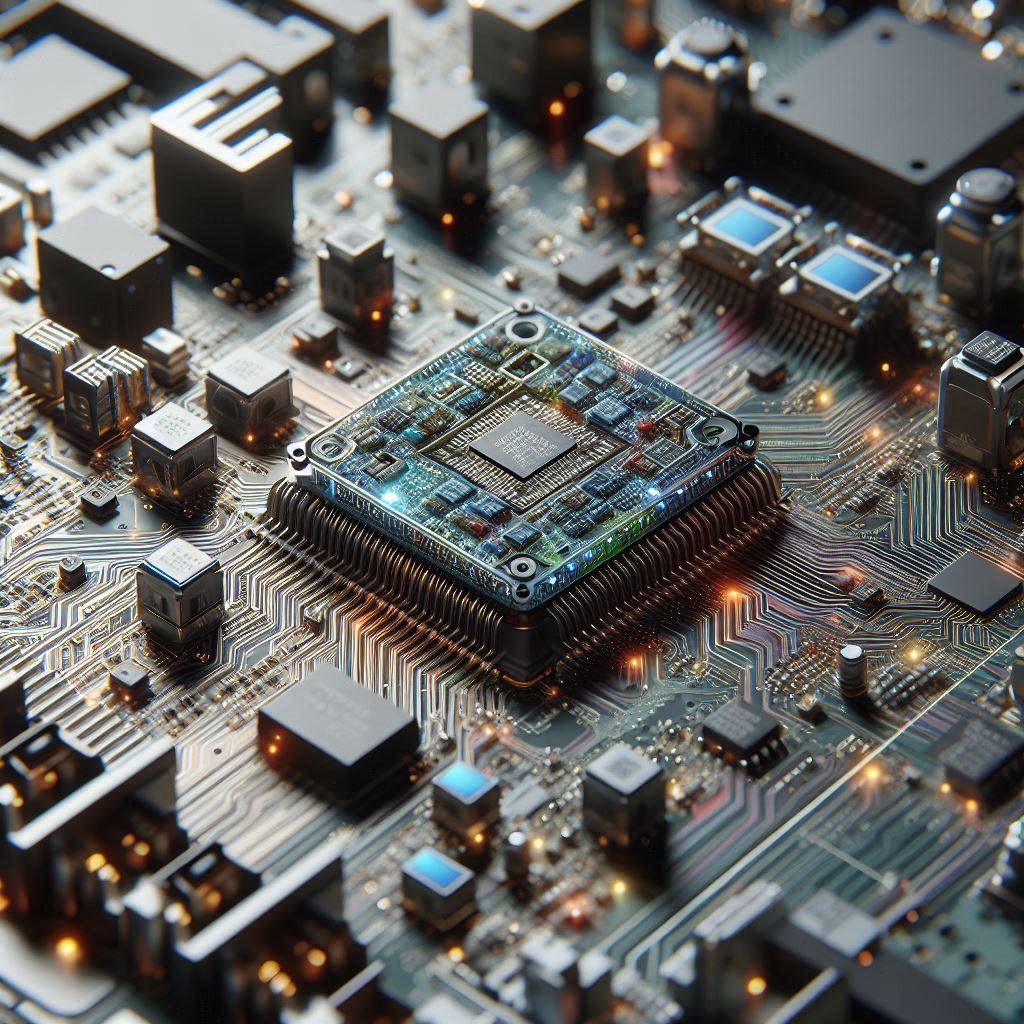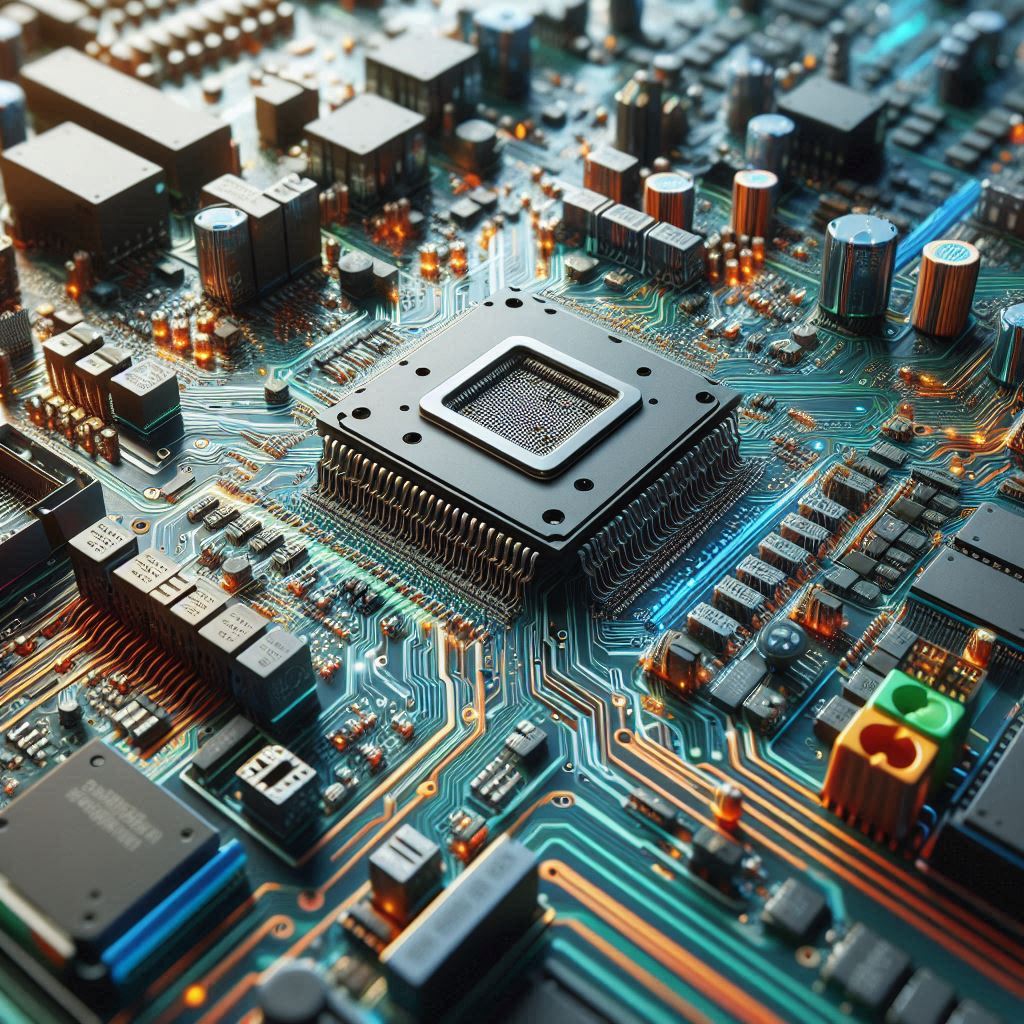The Field-Programmable Gate Array (FPGA) market is experiencing a transformative phase, with its reprogrammable and flexible nature positioning it as a cornerstone of modern technological advancements. As industries increasingly rely on high-performance computing, real-time processing, and adaptable hardware solutions, the emerging opportunities for FPGA market growth are vast and multifaceted. FPGA market is poised for remarkable expansion, driven by innovations in artificial intelligence (AI), Internet of Things (IoT), 5G infrastructure, and automotive technologies.
The Field Programmable Gate Array (FPGA) Market size was valued at USD 12.1 billion in 2024 and is projected to reach USD 25.8 billion by 2029, growing a CAGR of 16.4% during the forecast period from 2024 to 2029.

The Evolution of FPGAs and Their Growing Importance in Modern Technology
Field-Programmable Gate Arrays are semiconductor devices built around a matrix of configurable logic blocks (CLBs) connected via programmable interconnects. Unlike Application-Specific Integrated Circuits (ASICs), which are designed for fixed functions, FPGAs can be reprogrammed post-manufacturing to meet specific application needs. This inherent flexibility, coupled with low latency and high parallel processing capabilities, makes FPGAs indispensable across industries such as telecommunications, automotive, aerospace, and data centers. The emerging opportunities for FPGA market growth stem from their ability to adapt to rapidly evolving technological requirements, offering a cost-effective alternative to ASICs with faster time-to-market
The FPGA market has evolved significantly since its inception, transitioning from niche applications to mainstream adoption. Early FPGAs were primarily used in prototyping and low-volume applications due to their high cost and limited performance. However, advancements in process technology, such as the shift to smaller node sizes (e.g., 16 nm and below), have enhanced their logic density, power efficiency, and performance. These improvements have broadened the scope of FPGA applications, creating new avenues for growth. The emerging opportunities for FPGA market expansion are particularly evident in sectors requiring real-time processing, such as AI-driven analytics, 5G network optimization, and autonomous driving systems.
Key Drivers Fueling Emerging Opportunities for FPGA Market Expansion
The rapid pace of digital transformation across industries is a primary catalyst for the FPGA market’s growth. Several macroeconomic and technological trends are converging to create a fertile ground for innovation and adoption. The emerging opportunities for FPGA market growth are driven by the following key factors:
Rising Demand for Artificial Intelligence and Machine Learning Applications
Artificial intelligence and machine learning are reshaping industries, from healthcare to finance, by enabling data-driven decision-making and automation. FPGAs are uniquely suited for AI and ML workloads due to their ability to perform parallel processing and handle billions of mathematical operations per second. Unlike general-purpose processors, FPGAs can be tailored to specific algorithms, optimizing performance for tasks like image recognition, natural language processing, and neural network training. The emerging opportunities for FPGA market growth in AI are significant, as companies seek hardware accelerators to enhance computational efficiency.
The proliferation of AI applications is also driving demand for edge computing, where data processing occurs closer to the source to reduce latency. FPGAs are ideal for edge devices due to their low power consumption and reconfigurability, making them critical for smart cities, industrial automation, and wearable technology.
5G Infrastructure and the Push for High-Bandwidth Solutions
The global rollout of 5G technology is a game-changer for telecommunications, offering unprecedented speed and connectivity. However, 5G infrastructure demands sophisticated hardware to support high-frequency bands, massive MIMO (Multiple Input, Multiple Output), and beamforming technologies. FPGAs are at the forefront of this transformation, providing reconfigurable hardware accelerators for software-defined networking (SDN) and network function virtualization (NFV).
Telecom service providers are increasingly adopting FPGAs for applications such as packet processing, optical transport networks, and baseband processing. The flexibility of FPGAs allows operators to upgrade hardware to support new standards without redesigning entire systems, offering significant cost savings. As 5G adoption accelerates, particularly in regions like Asia-Pacific and North America, the emerging opportunities for FPGA market growth will continue to expand, with telecom applications projected to dominate the market by 2033.
Automotive Innovations and Advanced Driver-Assistance Systems (ADAS)
The automotive industry is undergoing a profound transformation, driven by the rise of autonomous vehicles and advanced driver-assistance systems (ADAS). FPGAs play a pivotal role in ADAS, enabling real-time vision processing, sensor fusion, and decision-making. Their ability to handle fine-grained parallelism and high-level processing makes them ideal for applications like object detection, lane departure warnings, and adaptive cruise control. The emerging opportunities for FPGA market growth in automotive are fueled by the increasing integration of electronics in vehicles, with FPGAs accounting for a significant share of the market.
Data Centers and High-Performance Computing (HPC) Expansion
The exponential growth of data centers and high-performance computing facilities is another key driver of FPGA adoption. FPGAs are used to offload compute-intensive workloads, such as data compression, encryption, and machine learning inference, from general-purpose processors. Their ability to deliver low-latency, high-throughput processing makes them essential for cloud computing and big data analytics.
Major cloud providers like Amazon Web Services (AWS) leverage FPGAs in their EC2 F1 instances to enable hardware acceleration for complex workloads. The rise of big data analytics, coupled with the demand for real-time insights, is pushing companies like Google and Amazon to integrate FPGAs into their infrastructure. As data center investments continue to grow, particularly in North America and Asia-Pacific, the emerging opportunities for FPGA market expansion will remain a significant growth driver.
Future Outlook: What Lies Ahead for the FPGA Market?
The emerging opportunities for FPGA market growth will be shaped by several key trends:
Expansion of Edge Computing and IoT Applications
As edge computing gains traction, FPGAs will play a critical role in enabling real-time processing for IoT devices, smart cities, and industrial automation. The emerging opportunities for FPGA market growth in edge computing are driven by the need for low-latency, energy-efficient solutions that can adapt to diverse workloads.
Integration with Emerging Technologies like AR/VR and Wearables
The rise of augmented reality (AR), virtual reality (VR), and wearable technology is creating new demand for FPGAs, which offer high-performance, low-latency processing for immersive experiences. The emerging opportunities for FPGA market growth in these areas are supported by advancements in consumer electronics and the increasing adoption of smart devices.
Sustainability and Energy Efficiency
As industries prioritize sustainability, FPGAs are gaining attention for their energy-efficient designs, which reduce power consumption compared to traditional processors. The emerging opportunities for FPGA market growth will be enhanced by manufacturers’ focus on developing low-power solutions for green technologies.
Seizing the Emerging Opportunities for FPGA Market Growth
The Field-Programmable Gate Array market is at a pivotal juncture, with emerging opportunities for FPGA market growth driven by transformative technologies like AI, IoT,
5G, and autonomous driving. As industries seek flexible, high-performance solutions to meet evolving demands, FPGAs are poised to play a central role in shaping the future of computing. From telecommunications to automotive and data centers, the versatility of FPGAs is unlocking new possibilities for innovation and efficiency


